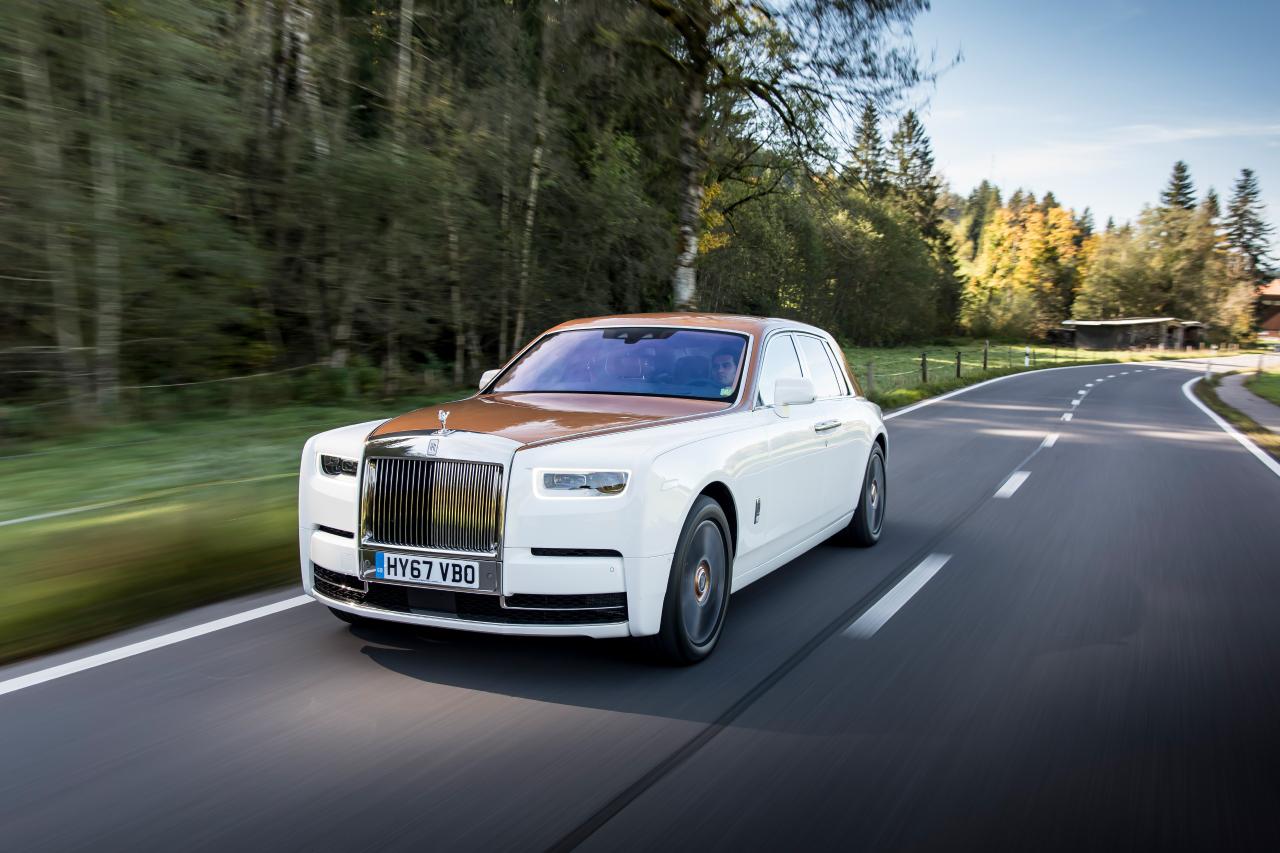We find out how the “Gallery” appeared in the interior, which brought the individualization of the car to a new level.
To place any art object in the car in such a way that it is reliable and aesthetically appropriate – this is an opportunity for the most demanding clients in the world, Rolls-Royce Phantom custom-made clients. Sina Maria Eggle, Bespoke Division Designer, told us about how the Gallery came to be. At the same time, we asked her about other subtleties of the work of the designer of the most exclusive cars in the world.
We have talked about the eighth-generation Rolls-Royce Phantom more than once. As well as in general about the views of the world’s main luxury brand on car development. In many ways, Rolls-Royce goes against the trends of modern marketing and the foundations of consumer society in general. Two things stand out: firstly, Goodwood takes every possible measure to limit the number of cars produced, and secondly, Rolls-Royce cars do not participate in the technological innovation race that has become virtually mandatory for prestigious brands.

With access to all the engineering expertise of the BMW Group, Rolls-Royce chooses only what is right for Goodwood vehicles – solutions that have proven themselves in terms of efficiency and reliability. This makes sense if you remember that Rolls-Royces often stay with their first owners for decades.
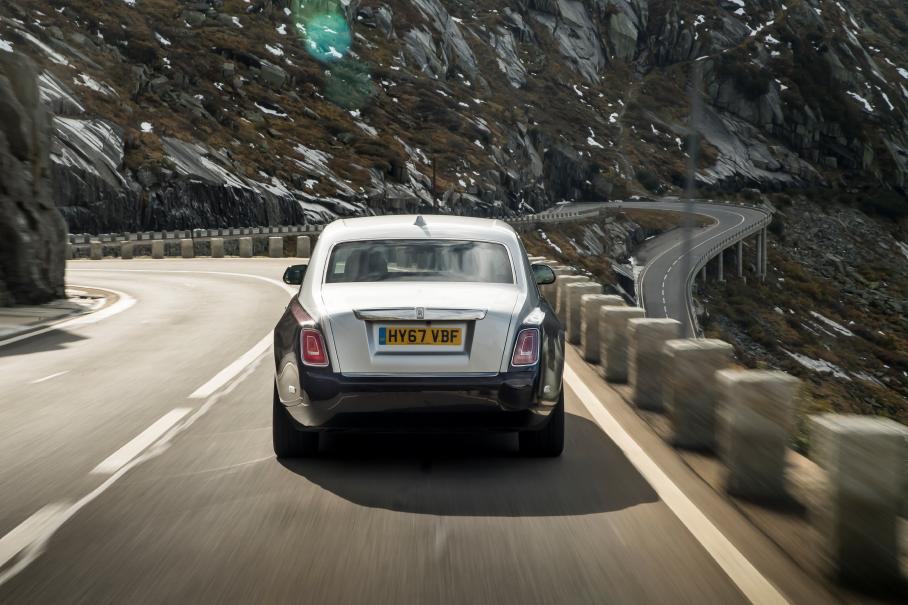
Every engineering decision must pass the test of time before it gets to Rolls-Royce. But Phantom is not technically conservative. An aluminum body, active anti-roll bars that “see” irregularities through a stereo camera, a gearbox that takes into account satellite navigation data … Is it worth it to be annoyed that the Phantom did not act as an arena for the premiere of any fundamentally new technology? Of course not! And the main innovation of Phantom VIII was not an engineering solution, but a design one.
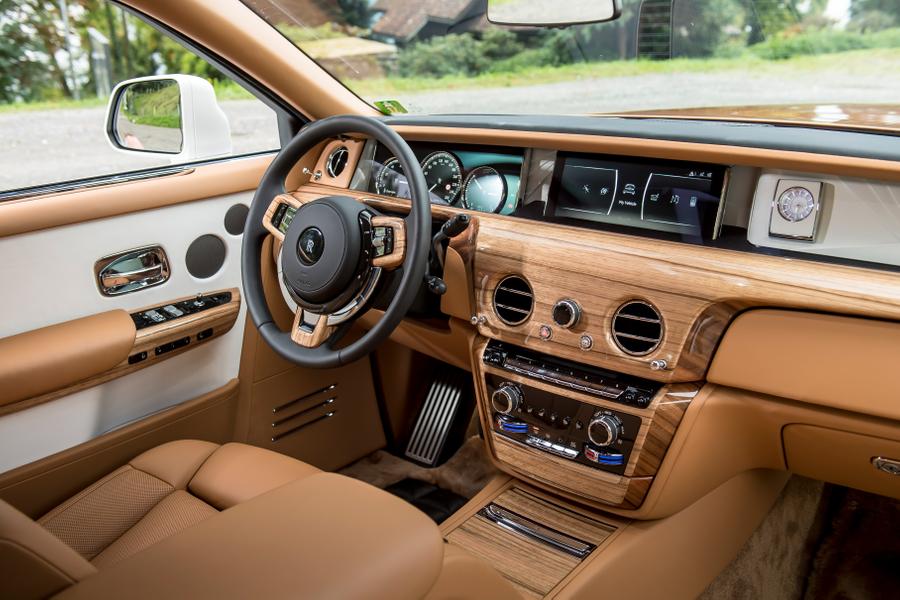
Customers were offered to occupy a place on the front panel opposite the passenger seat with literally any art object. And not just by Rolls-Royce’s Bespoke studio – customers are encouraged to select and order artwork themselves. After all, a rich person with developed taste may well turn to his favorite artist, sculptor, installer … And most importantly, now all this fits into the context of the car. So a word to the inventor of the Gallery, Sina Maria Eggle.

Sina Maria Eggle was born in Germany. She graduated from the Munich University of Applied Sciences with a degree in industrial / vehicle design. She is 29 years old.
The Phantom VIII Gallery is one of the most visible and talked about luxury car innovations of the past few years. How did this idea come to you?

I am very proud to have contributed to the creation of the Gallery. This is an exceptional design solution, and customer reviews only confirm this. We try to talk with clients about their interests and dreams as often as possible. So we learned that many customers love to decorate their yachts and private jets with rare pieces of art – and decided to give them the opportunity to do the same in their cars, creating a special space for artwork.
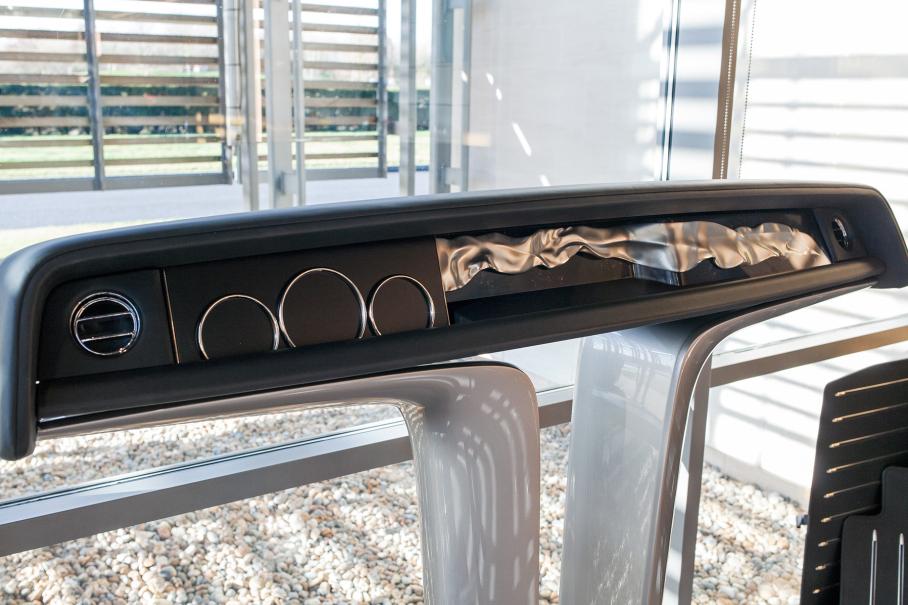
The gallery is a blank canvas. Rolls-Royce owners can surround themselves with their favorite pieces of art by placing them under the seamless glass display in the dash – in a space that has long been forgotten and unoccupied.
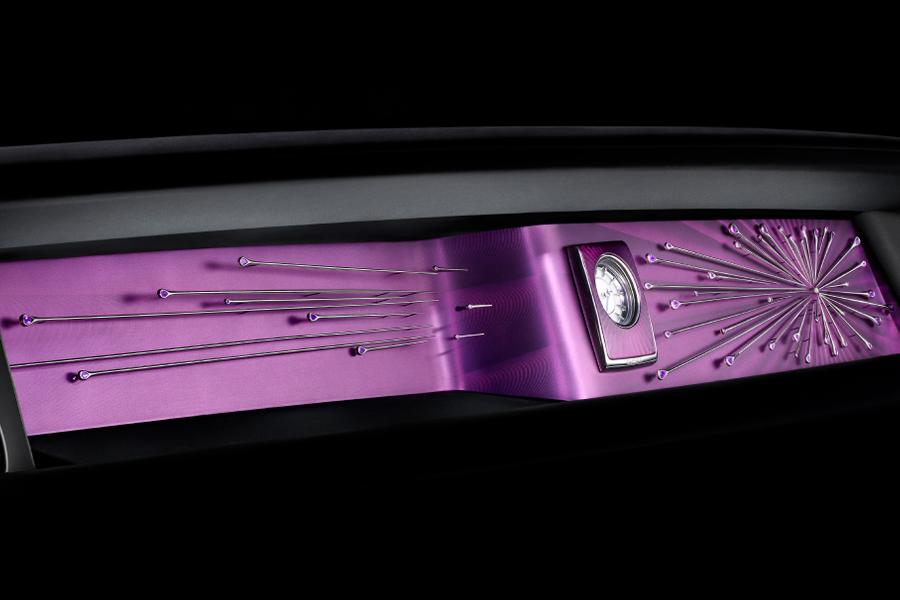
The gallery is very difficult to make. This decision is a clear confirmation that a successful idea requires teamwork of designers, engineers and craftsmen.
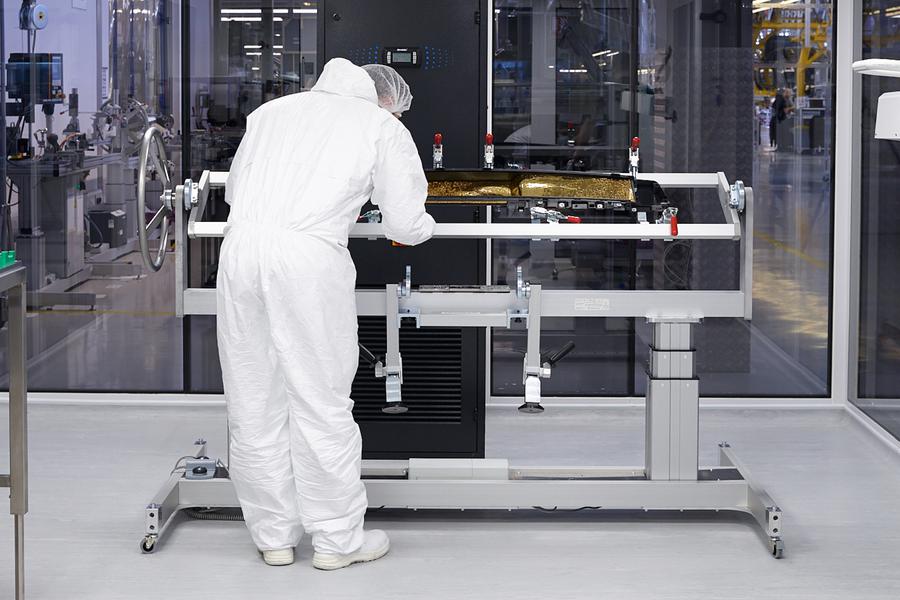
Dust is absolutely unacceptable there, so the room is kept under pressure and the air is continuously filtered.
Its entire volume is updated 45 times during the day.
How did you choose the artists who created the first Galleries even before Phantom VIII debuted?
Our design team has excellent connections in the art and design world. And in this particular case, personal acquaintances and relationships are perhaps more important than ever.

Customers who order custom Rolls-Royce designs meet with the designers at a special location at the Goodwood headquarters. There are many samples of materials and finishing techniques: marquetry, inlay, embroidery …
First of all, we wanted to show a wide palette of artistic techniques and materials, and through it – the range of possibilities for individualization in the Gallery. We needed to inspire clients to come up with ideas for their own artwork.
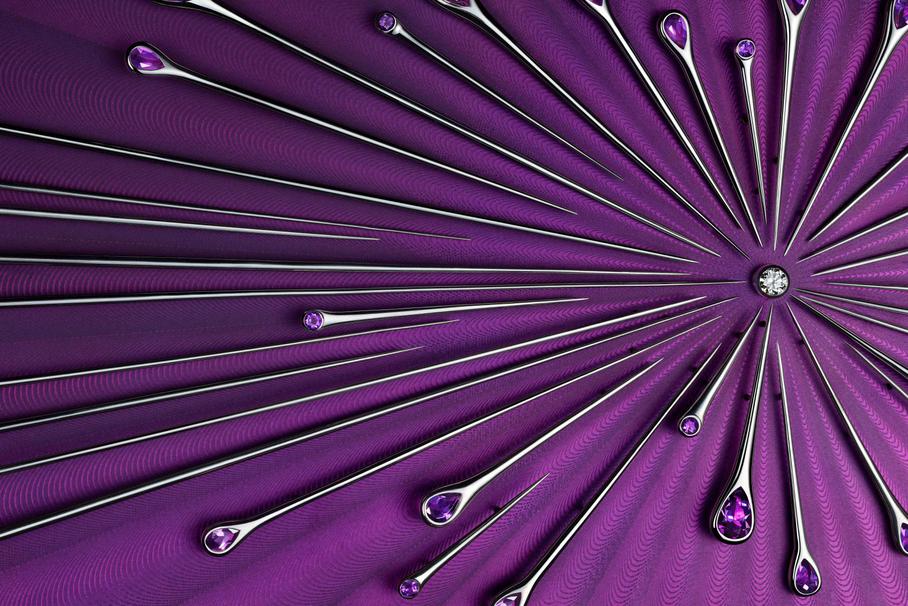
In addition, for the first time, we are able to use fragile materials that would not have stood up to harsh tests before. The seamless glass sheet provided the necessary protection and the ability to use vulnerable textures. The artists and artisans invited for this project share our views, understand our clients, and are able to translate ideas into works of art.
“For the first time, we were able to use fragile materials that would not have withstood automotive tests before.”
One of the most fragile works is called “Immortal Beauty”. In the space under the glass, sheet are placed porcelain flowers, made in collaboration with the Nymphenburg Porcelain manufactory.
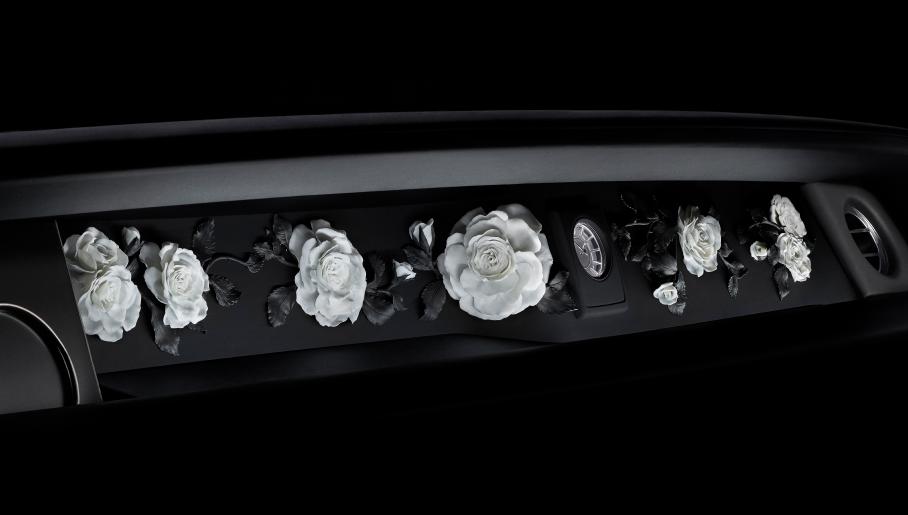
Before we started working with porcelain, I received an unusual task – together with a renowned breeder, to develop a special variety of English roses, which will become a model for this Gallery. This rose was to embody the elegance and appeal of Rolls-Royce.

The result was a delicate and graceful white flower with a voluminous bud – sensual, graceful, with a seductive scent, resistant to the winter season. The result delighted me. We sent the stems of the roses to Bavaria, where they were immortalized in porcelain and then placed under a glass display case. This is a truly unique project that has pleasantly surprised many experts from the world of luxury.

The first works for the Galleries were very different in technique and design. I suppose such a variety should have awakened the imagination of the clients themselves. Any ideas from Rolls-Royce owners that inspire you? Of course, if you can talk about them …
When it comes to customizing a car with the Bespoke program, the only limit is the customer’s imagination. Of course, the first galleries were intended to awaken the imagination of the clients – but it was equally important to establish the production process on our side. Unfortunately, I will not be able to talk about specific examples of galleries invented by customers. I can only say that I am proud that clients every day motivate us to push the boundaries of what is possible and create unique masterpieces.

The materials in the interiors of luxury cars are very conservative: leather, wood, metal. Have the designers already taken everything they could from them? Or is there still room for the next step?
We use a variety of exclusive materials. In addition to leather, veneer and metal, we used metal weaving, upholstery in the finest silk, natural feathers, diamonds and precious stones, and 3D printing technology to assess the suitability of new materials.
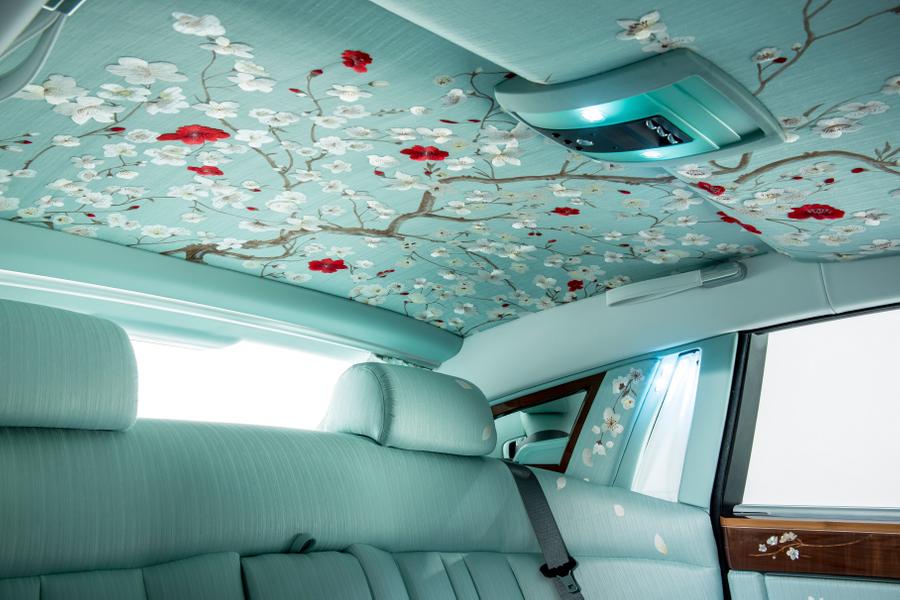
And this is not an experimental show car, but a client car
Every detail, from the headlights to the stitching on the doors of the car, is carefully checked by our designers. This is how the most romantic design solutions were born – for example, the famous “starry sky”.
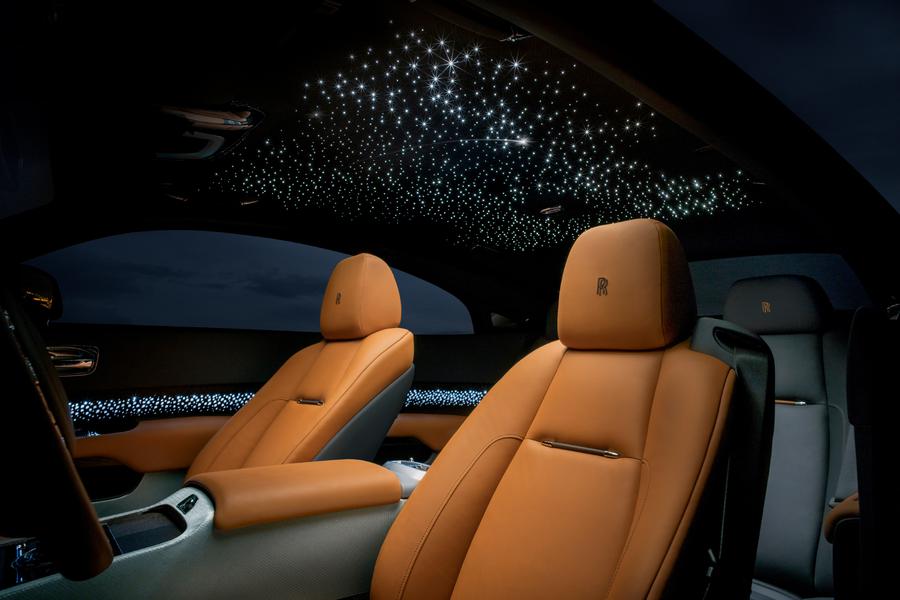
Rolls-Royce craftsmen are ready not only to reproduce the starry sky anywhere on Earth.
They also create shooting stars.
Our goal is to make sure that every element looks harmonious and inspires customers. We are looking for new ideas by studying architecture, furniture, street fashion, high fashion, expensive jewelry, music, theater – and more: everything to enrich our thinking and find special shades, materials, visual solutions.
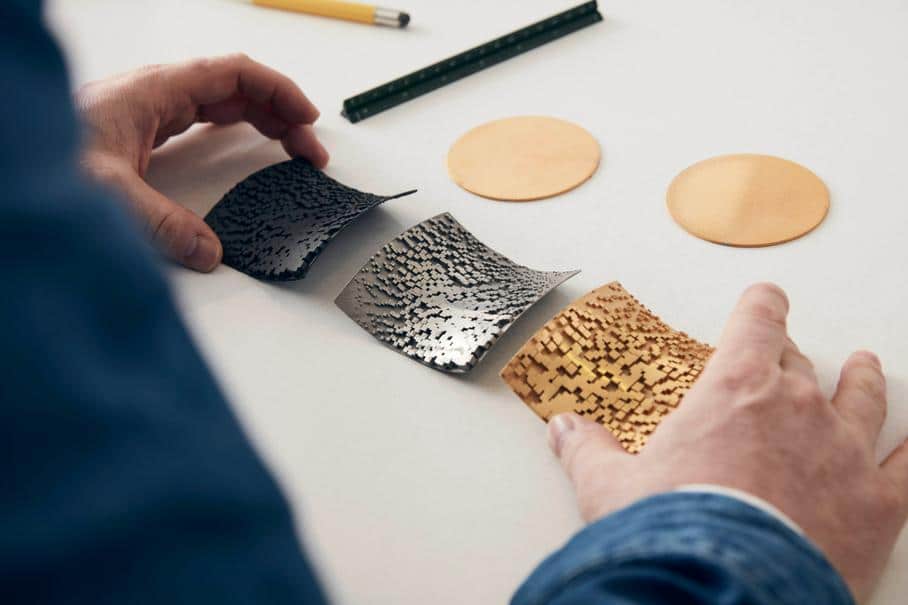
Prototyping one of the early Galleries
We see the trend of minimalism – the future belongs to it. A triumph of simplicity. The era of huge diamonds and an abundance of unnecessary logos is over, we expect a request for restraint and emphasis on materials. This style can become the main one not only in the automotive or luxury sector.
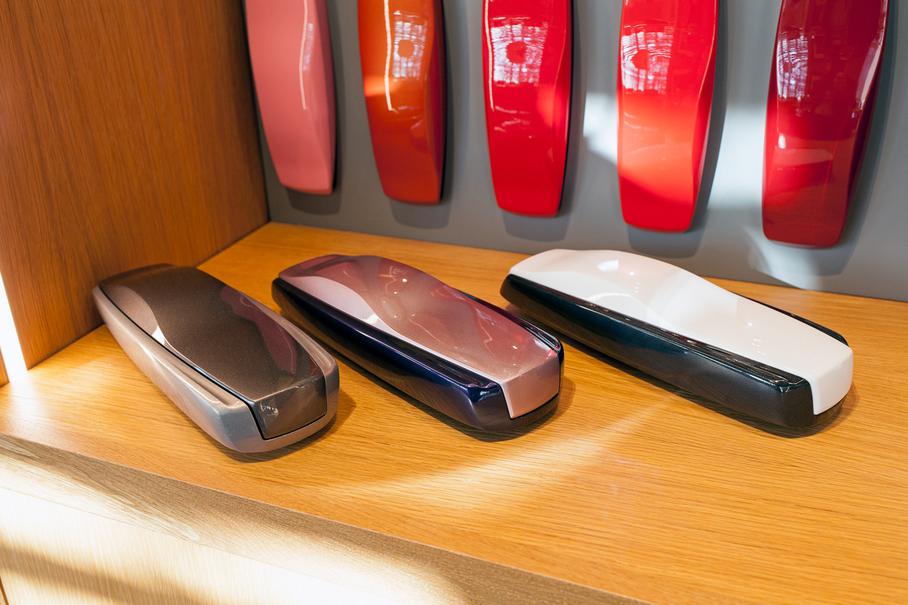
I draw inspiration from many directions. For example, at furniture fairs, you often see examples of outstanding color and material combinations. In addition, customers provide a significant boost. Carbon fiber was first used over 10 years ago in the customer’s Phantom. The client wanted to dilute the bright yellow salon with technological material.
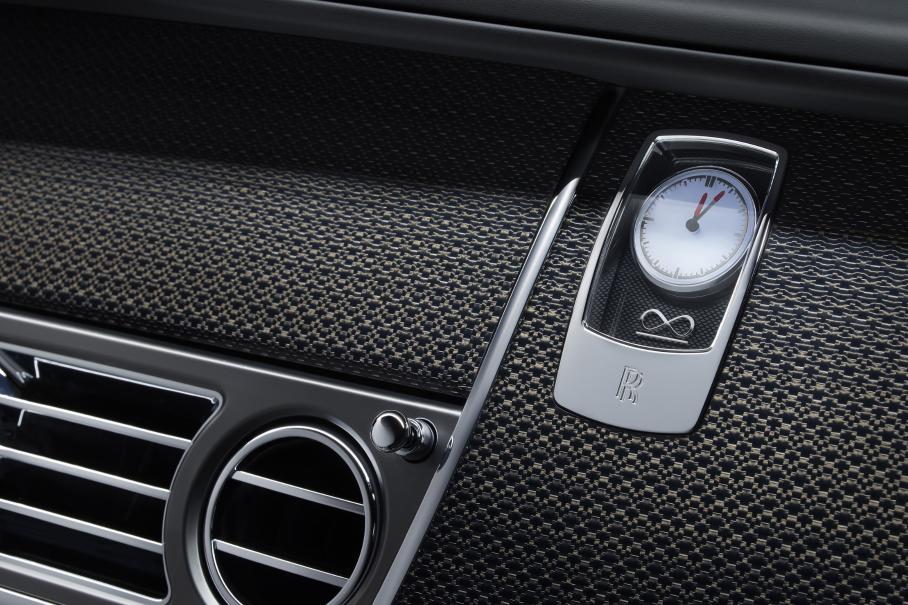
Wraith Black Badge carbon fiber trim
Simple designs are always more difficult to develop – you need to create something beautiful using fewer lines. Such a design should be perfect, because it will not be possible to cover up mistakes with embellishment – it should be a pure form.
“A simple design must be perfect: it will not be possible to cover up mistakes with embellishment – it must be a pure form”
Successful design creates an atmosphere of serenity, calms and reboots.
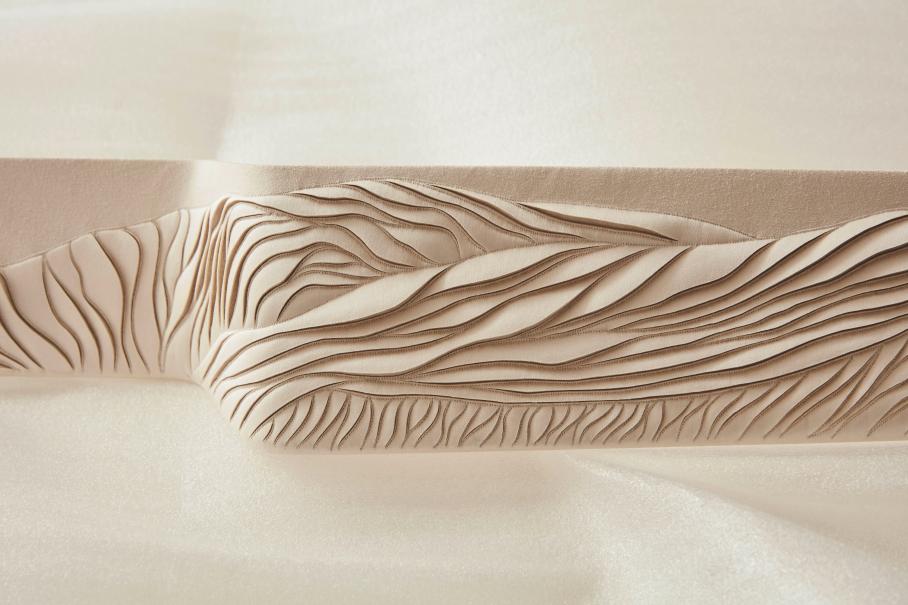
What criteria must be met in order to fit a Rolls-Royce interior? And are there ways to predict how this or that material will behave over the years or even decades?
A piece becomes timeless only when every ingredient – materials, geometry and comfort – is perfectly balanced.
Our credo is to strive for excellence in everything. For example, we evaluate the tactility of materials, select the best ones in our opinion, and then test them in extreme conditions. After all, these materials must serve for decades, which means they must be ready for the most severe exploitation.
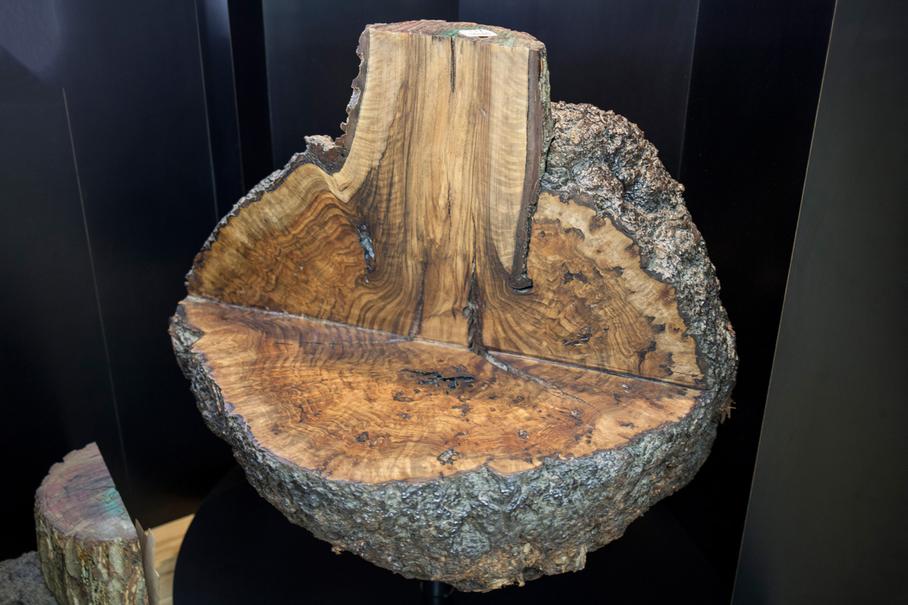
This is what the very nut root, especially popular in the nineties, looks like.
More than 80% of all Rolls-Royces produced since 1904 are still on the run, a testament to their incredible quality. Materials are allowed to age – but it must be graceful. The Rolls-Royce interior is characterized by captivating timeless design, uncompromising quality and special magic – these qualities have always fascinated me.
“Materials are allowed to age – but it must be graceful.”
The materials we use are real masterpieces. Creating something truly unique requires special attention, love for what you do, and knowledge. This requires many years of experience and teamwork. I learn a lot from my colleagues – engineers, craftsmen, and designers. And this is an endless process. You are nobody without a strong team.

It is easy to guarantee the consistent quality of materials if you limit yourself to three types of wood and five colors of leather. But you offer customers unlimited choices. How can this be done?
Countless possibilities create countless configurations. For clients, materials are one way of self-expression. It has always been interesting for our team to observe how customers make their choice.
The development of new material can take up to 5 years and will require tests for exposure to sunlight, scratch resistance, and, for example, interaction with varnish. We are very strict about these tests. If the material fails the test, it will not appear in the car. We use only the best – something that will last for decades.
A short video about building the Gallery
I’ve heard from collectors that the technology of leather dressing has changed a lot under the influence of environmental standards. And, for example, the famous Connoly leather is no longer what it was in the 1950s. Two questions arise: Is the skin really worse today? Don’t new technologies offer anything in return?
Changes in standards have taken place for the benefit of car owners. For example, avoiding the use of hexavalent chromium to darken the skin. Today, the skin is much better quality, more environmentally friendly, and more beneficial to humans.
We are proud to use Rolls-Royce in the world of leather (for example, the leather supplier for Rolls-Royce also works with the luxury brand Fendi – ed.). It is a luxurious material that ages in a predictable way with a unique patina and looks great for decades.
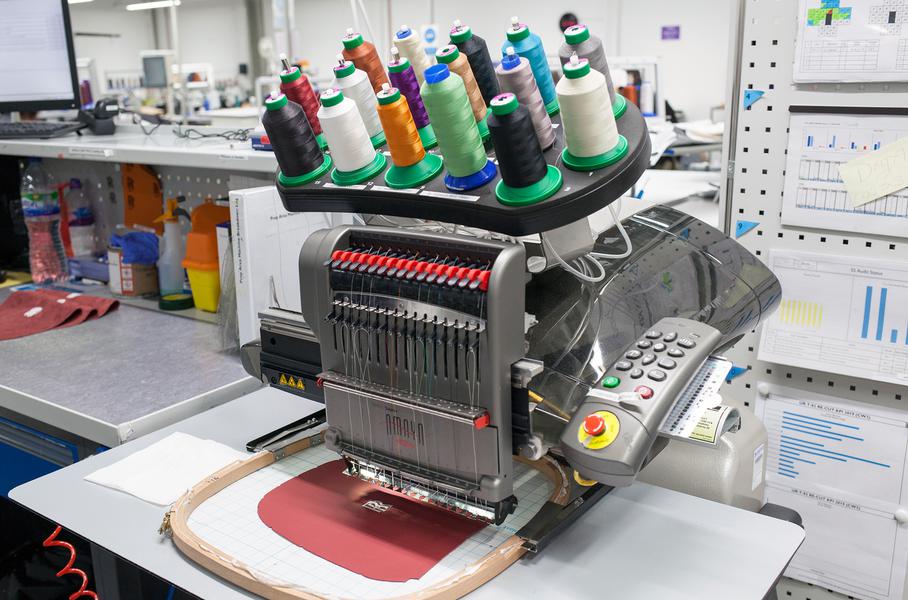
Together with our supplier, we have developed a dyeing technology that allows you to dye the entire skin through. This means that if you scratch your skin, you will see the same rich color and not the natural bluish skin tone. Since we paint the leather in a drum, the color is achieved through full dyeing, not superficial spraying.
Have you ever taken inspiration from previous Rolls-Royce cars? Do you have favorite classic models or individual designs?
There is a lot of inspiration in the past. When I travel, I like to visit old mansions, castles, and their gardens. This is interesting not only from a historical point of view – you often find amazing parts that were made by hand more than two hundred years ago, and at the same time can inspire solutions for future models.

1931 Pnantom I Regent. This Brewster & Company bodywork sold for $ 236,500 at Bonham’s Scottsdale in 2018
Coming back to your question, one of the most outstanding models is the 1931 Rolls-Royce Phantom I Regent. I am delighted with the clean lines and graceful exterior details. I am also inspired by the dynamic design of the 1935 Phantom III Coupe.
Whenever a sophisticated customer asks for something complex, (precious stones, precious metals, fundamentally new finishes) – which craftsmen do Bespoke designers consult? Simply put, how do you choose who to call?
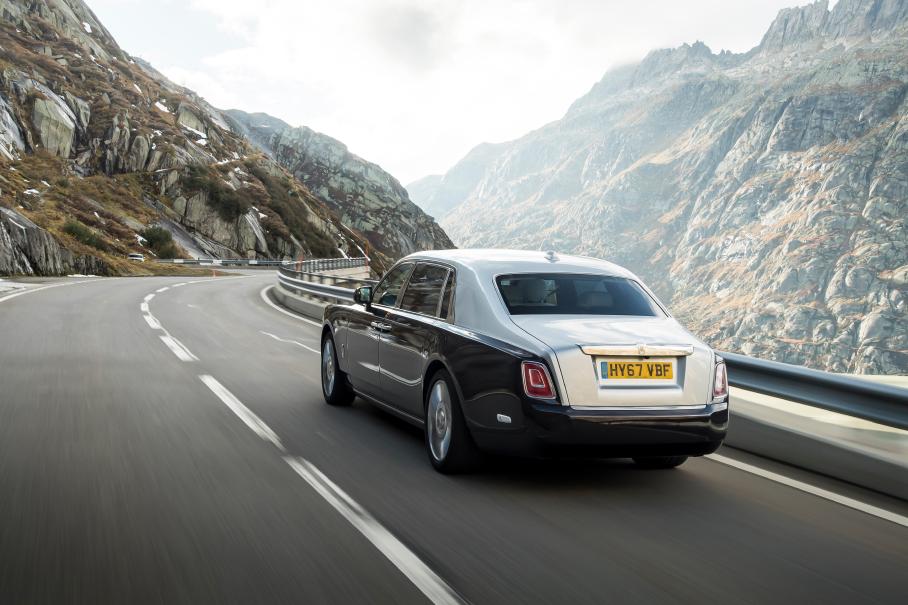
We have an impressive network of contacts to help you find different materials or how to use them. But in some cases, serious research is required. Take, for example, the porcelain rose gallery for the Phantom. This project opened a window for me to the wonderful world of roses. We partnered with world-renowned British breeder Philip Harkness to find the perfect gallery rose at Phantom.
I had to swap my stilettos for rubber boots and spend a lot of time in the South of England in rose gardens to learn about the appearance and scent of roses – and to decide how we want to see a Rolls-Royce rose. The English rose was a logical choice for us. The next stage was working together with the Nymphenburg porcelain manufactory from Bavaria, it was personal contact. They immortalized the rose in a porcelain masterpiece. I have learned a lot, such as why white and black porcelain requires different temperatures to fire.





